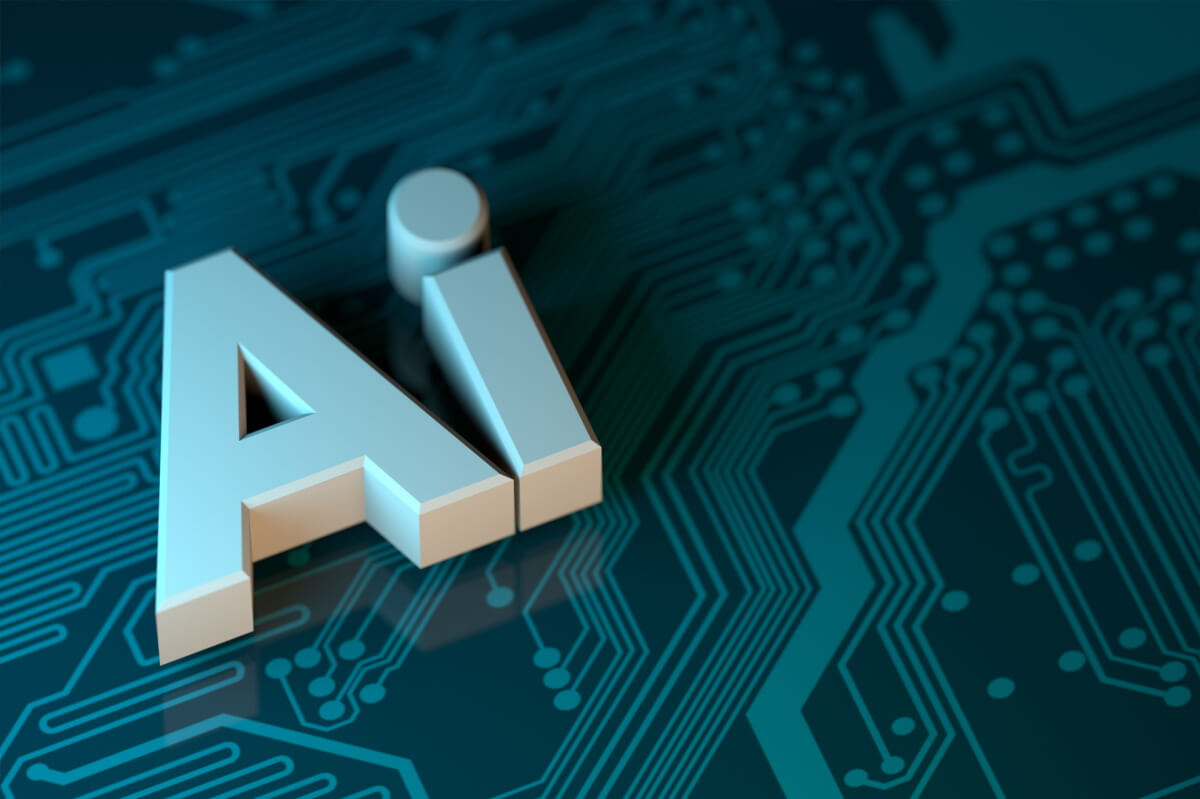Introduction
Artificial Intelligence (AI) continues to make breakthroughs that transform our world. One of the latest developments is a technology capable of predicting outcomes with 80% accuracy by analyzing past data. This innovation promises to significantly enhance processes across various industries, from healthcare to finance, by providing precise forecasts and aiding in more informed decision-making.
How It Works
The technology is based on the use of machine learning and big data. The core working principle involves the following steps:
- Data Collection: Initially, the system gathers vast amounts of historical data relevant to a specific application area. This can include financial reports, medical records, consumer behavior data, and more.
- Data Processing: The data is then processed and cleaned, with errors and incorrect entries removed. This step is essential to ensure the model works with the most accurate and relevant data possible.
- Model Training: Next, the data is used to train a machine learning model. The model analyzes the historical data, identifying patterns and dependencies that can be used for future predictions.
- Prediction: After training, the model can use its knowledge to make predictions. For example, it can forecast market trends, likely disease diagnoses, or consumer preferences.
Advantages of the Technology
- High Accuracy: With an accuracy rate of 80%, this technology is one of the most reliable tools in the field of prediction, significantly surpassing the accuracy achieved by most traditional methods.
- Time and Resource Savings: Automating data analysis and prediction processes saves significant resources. For example, financial analysts can focus on strategic planning rather than routine data processing.
- Wide Applicability: The technology can be applied in various industries, from healthcare to retail. It helps improve customer service quality, increase production efficiency, and more.
Application Examples
- Healthcare: In healthcare, the technology can be used to predict the likelihood of disease development based on the analysis of medical records. This enables doctors to prescribe preventive measures and improve treatment quality.
- Finance: In the financial sector, AI can predict market trends and help investors make more informed decisions, leading to reduced risks and increased profits.
- Marketing: In marketing, the technology helps analyze consumer behavior and predict their preferences, allowing for the creation of more targeted advertising campaigns and increased sales.
Conclusion
The new AI technology capable of predicting outcomes with 80% accuracy based on historical data analysis represents a significant advancement in artificial intelligence development. It opens new opportunities for various industries, enhancing forecast accuracy and process efficiency. In the future, this technology may become an integral part of our daily lives, aiding in more informed decision-making and improving our quality of life.
